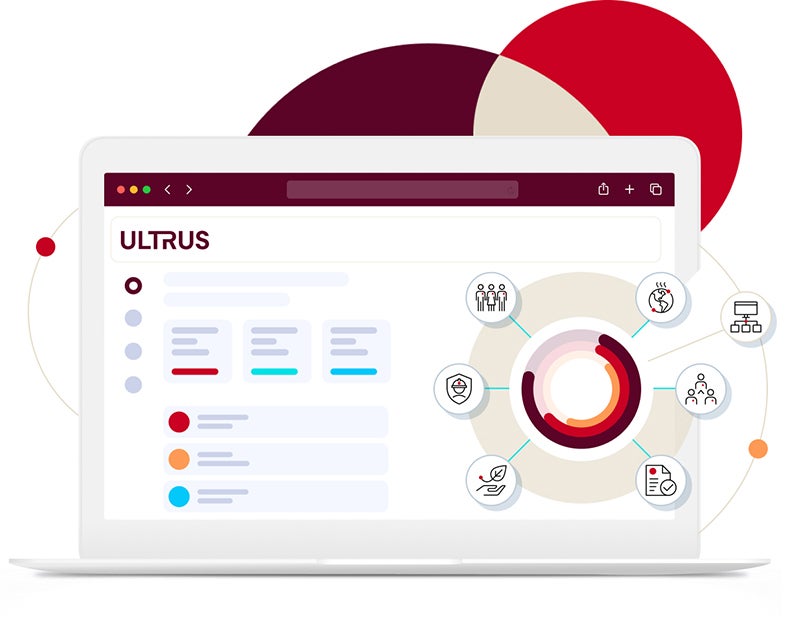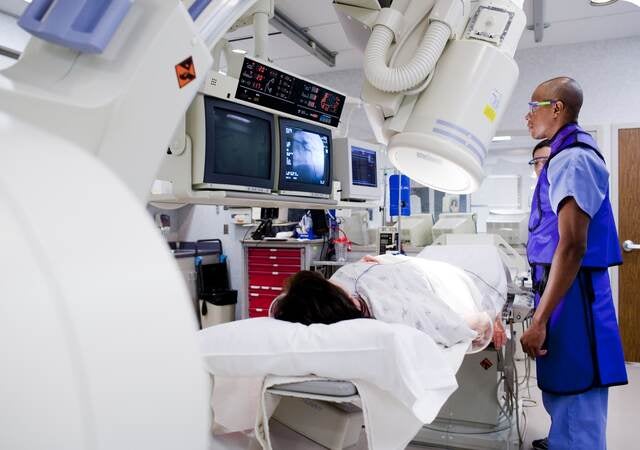Artificial intelligence (AI) and emerging technologies are rapidly changing how companies train and qualify their workforce. To understand how these changes will affect regulated industries like health and life sciences, we sat down with Colleen Loconte, Director of Regulatory Lifecycle, ComplianceWire®, Software and Mark Lee, Senior Business Development Manager, Software, of UL Solutions. Both are industry experts with extensive experience in regulatory compliance, workforce development and digital transformation. Together, they shared practical insights on AI’s role in training, the challenges of regulatory alignment and how organizations can safely adopt new technologies while preparing for what’s ahead.
How is artificial intelligence reshaping compliance and qualification training in regulated industries?
We work in an environment that utilizes validated technologies and processes, making fully AI-enabled training a bit more challenging. Right now, AI is beginning to reshape compliance and qualification training by supporting its development and delivery.
Training providers and compliance teams are using AI to streamline course development and enable new delivery methods like augmented reality for simulation-based learning. For example, we’re beginning to see AI used in virtual environments where technicians can safely practice highly specialized tasks, such as cell preparations for immunotherapies in virtual cleanrooms. These environments give learners hands-on experience without putting real products, patients or processes at risk.
Looking ahead, the potential for AI goes beyond content creation. In fully digital operations, AI could monitor performance trends and identify when and where training is needed. If an employee struggles with a process or piece of equipment, the system could identify that and automatically trigger a training module.
Still, in this space, it’s not enough for training to be fast or innovative. It must be validated, auditable and appropriate for the risk of the task. AI may support that, but it doesn’t replace the need for clear oversight and defensible learning decisions. The key to further integration of AI will be learning to develop AI models that can enhance quality and compliance, while providing the necessary documentation for validation and auditing.
What are the practical implications of using AI-driven tools in workforce training programs?
Right now, AI is primarily being used to speed up training development and introduce new types of learning experiences. Companies are already seeing cost savings and improvements in training quality as a result.
That said, AI-driven compliance training is still in the early stages. Fully automating training in regulated industries is a complex task. For instance, the global regulatory landscape is constantly changing, new rules are introduced regularly, and they vary from region to region. To be truly effective, AI-enabled training would need to continuously track regulatory updates, interpret their implications, and adjust training content accordingly, all while retaining what is still relevant from existing programs.
There’s also the question about validation. Today’s large language models (LLMs) can generate content and recommendations, but we don’t always know how they arrive at those outcomes. That lack of transparency makes it difficult to validate their decision-making process, something that is essential in regulated industries. Future models will need to incorporate traceability so their decision-making processes can be documented, validated and ready for auditing.
If we can overcome these challenges, particularly around complexity, transparency and auditability, AI has the potential to significantly improve workforce training. Improvements include faster employee readiness, stronger engagement and real gains in both time and cost efficiency.
Enabling safety, compliance and sustainability for medical innovation
Our safety science expertise and software enable industry innovators across the medical product life cycle in overcoming critical challenges and developing safer, more effective products that empower users globally.
Are there regulatory risks to adopting unproven or poorly documented training technologies?
Yes, significant regulatory and reputational risks. In health and life sciences, the stakes are incredibly high. A gap in training doesn’t just risk worker safety; it can lead to serious harm to patients and the broader public. That’s why regulatory standards in this industry are so strict, and rightly so.
Effective training is the foundation of safe operations. It’s not just about what’s taught; it’s about being able to document every aspect of the process and apply it to support safety, compliance and repeatability. That includes tracking updates to the training program, documenting comprehension results and even recording how many times an employee had to repeat a module for noncompliance reasons.
Using unproven or poorly documented technologies introduces real risk. From a regulatory standpoint, it could result in warning letters, production shutdowns or even product recalls/quality. And from a business standpoint, it can seriously damage public trust, something that’s hard to rebuild once it’s lost. It goes back to the cost of poor quality, a metric that training plays a significant role.
How has the U.S. Food and Drug Administration (FDA) evolved its stance on technology in training?
Interestingly, the FDA’s formal position on training hasn’t changed much in decades, but that may soon shift. Today, the agency is actively looking to industry leaders and professional organizations for input on how to incorporate emerging technologies like AI and virtual reality into training programs. UL Solutions is among those helping guide this conversation.
The FDA has shown a growing interest in advanced training technologies and how they might be applied safely and effectively in life sciences. While their top priority remains protecting the medical device and pharmaceutical supply chains, they’re also exploring updates to guidance documents and expanding safety-related efforts, such as strengthening international inspection programs.
Looking ahead, we anticipate the FDA will begin issuing new guidance or regulations that reflect the increased use of digital tools in workforce training, especially those that enhance safety, traceability and compliance.
What’s on the horizon for training programs in health and life sciences?
Training programs in health and life sciences are on the cusp of becoming far more integrated, proactive and intelligent. As organizations continue to digitize their operations, training will no longer be a static or one-size-fits-all process. Instead, we’ll see more responsive systems that can identify training needs in real time and adapt content accordingly.
AI will play a central role in this evolution. Rather than replacing human insight, AI tools will support quality and compliance teams by handling routine tasks, freeing up time to focus on the substance and effectiveness of training programs. These teams will be able to think more strategically about how training impacts safety, product quality and regulatory readiness.
Looking ahead, we expect training to become more embedded into the flow of work itself, driven by data, customized to individual roles and updated dynamically in response to changes in regulations or procedures. The goal isn’t just to meet compliance requirements but to build a more capable, confident and resilient workforce.
* Within UL Solutions, we provide a broad portfolio of offerings to many industries. This includes certification, testing, inspection, assessment, verification and consulting services. In order to protect and prevent any conflict of interest, perception of conflict of interest and protection of both our brand and our customers’ brands, UL Solutions has processes in place to identify and manage any potential conflicts of interest and maintain the impartiality of our conformity assessment services.
Get connected with our sales team
Thanks for your interest in our products and services. Let's collect some information so we can connect you with the right person.
More for Health and Life Sciences
- FDA warning letters: Key trends medical device manufacturers should know
- Why ESG management is critical to Medtech industry
- Software as a Medical Device: Why defining intended use and risk categorization is critical for manufacturers
- Conversation with Pamela Gwynn: Emerging trends shaping the medical device industry





